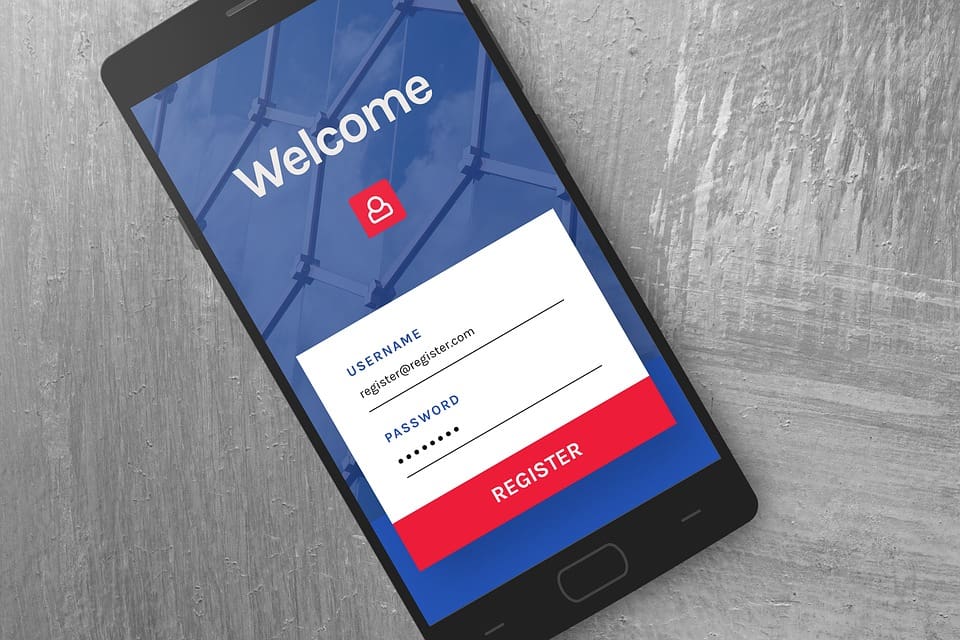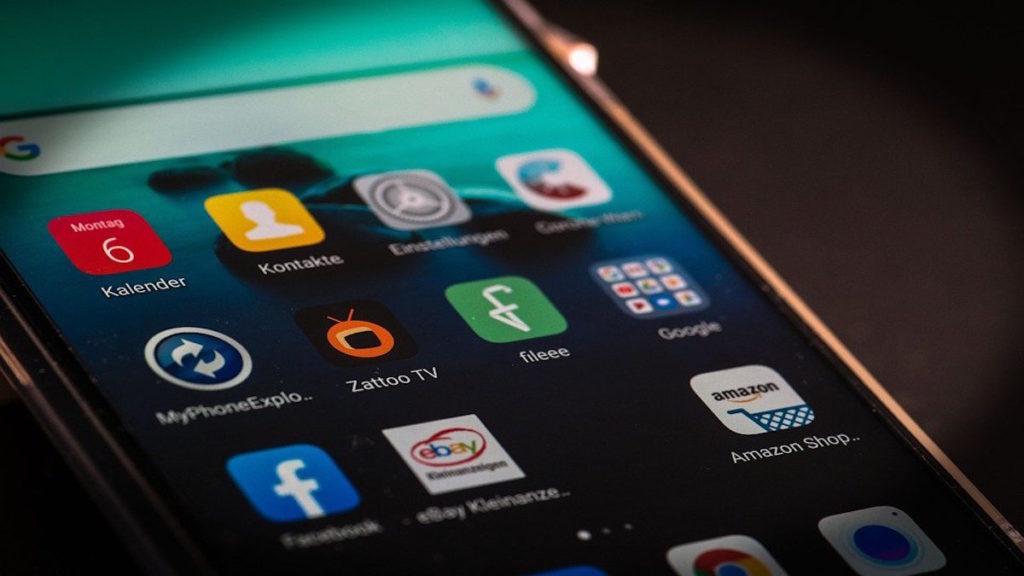Featured image from Pixabay
The use of business apps is the latest frontier for both small-scale and giant entities. The average consumer devotes three hours and 15 minutes of their daily time to smartphones. For the millennial generation, they can spend up to five hours. Consumption-wise, these people prefer online purchases compared to visiting physical stores.
Businesses with apps that offer convenient and intuitive shopping experiences tend to attract a larger amount of online consumers. How do you tweak your business app to reflect a prospective customer’s expectations? How do you bridge the gap of reliable user convenience? Here are ten key features you should consider.
Simple and Intuitive Navigation
Besides an business app becoming obsolete, users will also delete it if the navigation is a bit complex. Intuitive navigation and a good user experience are among the main factors that users look for when choosing which app to keep. For a simple user experience, you should consider minimizing clicks and actions.
You should also note that mobile phone users prefer scrolling more than clicking on items. You might also want to make the field entries as minimum as possible, without limiting functionality. One way to achieve this is by working with a professional business app creator. These platforms are easy to use, even for those with limited coding knowledge. All you need to do is visualize what you’d like your app to look like along with all of its functionalities.
Tailored Experience
One of the main reasons why businesses develop apps is to customize a unique user experience for every consumer. For instance, users don’t have to browse through all the search results while you can help them filter specifics. Other features that can enhance a customized experience include demographics and the user’s current location.
Seamless Check-Out System
Check-out is the most arduous process for any online shopper. Remember, here is where you may need to gather even more information compared to the sign-up process. The catch is in keeping the information fields as few as possible. Consumers would appreciate it if you only ask for relevant information.
An excellent example of a seamless check-out system is the one that auto-fills basic information. That includes username, location, and even zip code. Make it easy and simple, and customers will be glad to complete their purchases.
Social Integration or Simple Sign-Up Process
Not every customer will find it comfortable giving out their personal email addresses on the first day of signing up in your business app. If they don’t give a generic email, they will just hit “uninstall” and call it a day. It helps if you give them multiple sign-ups and login options like social media.
Facebook is more prevalent in app sign-ups. Most importantly, ensure you keep them signed in after they log in for the first time. That way, you’ll win the hearts of consumers who find it hard to remember strong passwords.

Leverage Analytics
When incorporating analytics, you don’t have to leverage features that may make a customer feel uncomfortable. For instance, most business app users shy away from sharing their location because of privacy and personal reasons. Even so, you can still track and monitor user experience and their actions.
Such information is vital for small businesses since they can leverage it to improve user experience. You can also use the data to give tailored services like discounts and special offers. If you want to collect any other information that may seem controversial, it will help if you have the customers’ content when they sign up.
RELATED ARTICLE: A BRIEF GUIDE TO WHATSAPP FOR BUSINESS
Feedback System
It is imperative that you hear from the customers’ perspective on how they find the app or the services your business offers. You should note that users from varying regions may experience the app differently. Having a viable feedback system ensures that unsatisfied users can report bugs or network outages.
They can also give suggestions or criticism that can help you improve the app’s features. A streamlined feedback system can be anything you deem user-friendly. For instance, you can try links to email, transactional emails, suggestion tabs, or in-app surveys.
Offline Capabilities
It can be quite frustrating for consumers when they can’t make purchases because of poor signal. In most cases, customers will even shift the blame of poor network coverage to your mobile app and end up uninstalling it.
You can mitigate this risk by developing an interactive mode that picks up even when the customer is offline. That way, customers can always engage with content or continue window shopping, whether online or off.
Offline capabilities sum up a positive user experience. Consumers will also likely spend more time on your app by keeping it running in the background.
Maintain Relevance
Although you may want to be as unique as possible, staying relevant is key. Otherwise, content and images that don’t resonate with consumers’ expectations will scare away even the potential long-term users.
When advertising your product and services, publish content that is relevant and adds value to the customer. You should note that app users are looking forward to more than just a mere business representation.
RELATED ARTICLE: IS A MOBILE APP A GOOD IDEA FOR MY SMALL BUSINESS?
Over-the-Phone Interaction
How do you want your customers to connect with you when it’s urgent? Remember, your app is for phone use. So it will help if you include a tab that directly calls your business’ phone number because making calls is the core-function of any mobile device. Consumers often resort to laptops, mainly when writing emails.
Fast-Loading Content and Images
Lastly, you might also consider investing in a high-speed app for instant content and image loading. Millennial consumers are picky and impatient, thanks to overwhelming options of business apps in the industry. No one will stick around waiting for items to load.
Moreover, an app with poor loading speed will likely attract negative reviews from unsatisfied customers. The last thing you need when you just started out is scaring potential long-term buyers away.
Change Your Business Outlook
Having a business app that reflects all the above features gives you the power to connect with consumers in an unrivaled manner. You’ll enjoy a higher engagement level, especially with loyalty programs such as rewards and personalized discounts. It is also imperative to note that incorporating a business app puts your business ahead of the eCommerce revolution.
It is high time for your business to shift to in-app purchases and brand awareness. Besides spreading your reach better, you’ll likely attain a positive ROI. Don’t keep your consumers waiting.
RELATED ARTICLE: HOW BUSINESSES MAKE USE OF INFORMATION TECHNOLOGY IN 2021
